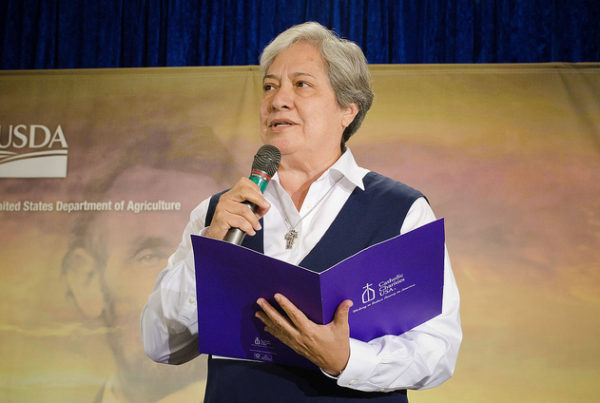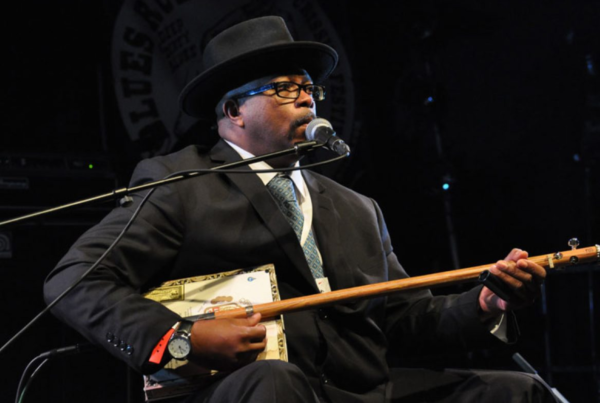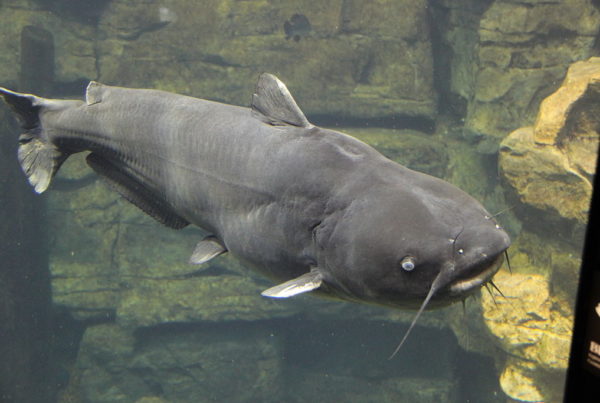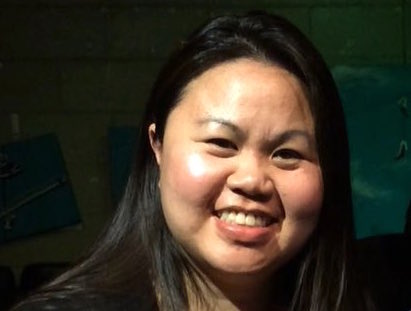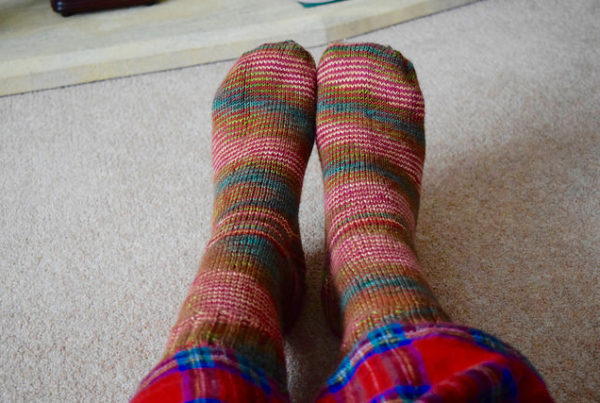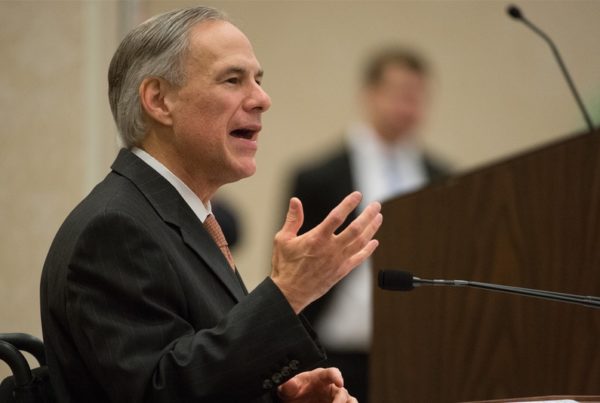On Jan. 4, 2016, 16-year-old David Molak killed himself. The San Antonio teen had undergone extensive cyberbullying.
A new law filed earlier this November in David’s name seeks to empower educators and law enforcement to castigate bullies and focus on rehabilitation for both the victims and aggressors of cyberbullying.
Matt Molak, David’s father, says David was an Eagle Scout and loved basketball, fishing, fantasy football and his girlfriend.
“David was my youngest son,” Molak says. “He liked to make people happy, make people laugh. We heard a lot of stories after he passed from friends and people that were new to the school. He would like to go out of his way to make them comfortable.”
But David spent a lot of time online and was bullied from anonymous social media accounts.
Molak says Texas’ current anti-harassment laws are outdated.
“What’s missing is some framework where there’s some rules for the road,” he says. “Right now there’s really nothing in legislation that’s applicable to this form of bullying. There are provisions for physical bullying but nothing in Texas for cyberbullying.”
David’s Law, sponsored by Sen. José Menéndez (D-San Antonio), introduces several measures to combat and prevent bullying in schools.
The bill would require school districts to include cyberbullying policies in their current bullying policies, notify parents of both the victim and the aggressor, develop systems to anonymously report bullying, allow further investigation into bullies by both law enforcement and educators, and make it a misdemeanor to electronically harass anyone under the age of 18. The bill would also focus on providing counseling to both the victim and the aggressor.
“I think it could serve as a good deterrent and actually prevent this from happening in the future,” Molak says. “But the real change is gonna have to be [a] culture change among the youth and the parents are gonna have to be more involved in what their children are doing.”
Post by Beth Cortez-Neavel.





